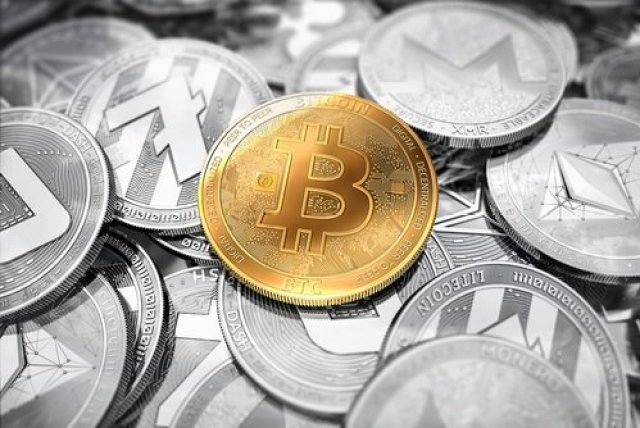
Mention cryptocurrency to many people and they imagine just one thing: Bitcoin. But the creation of Bitcoin and the blockchain has spurred the development of a wide range of crypto-asset types. In fact, there are at least seven types you should be aware of, according to the authors of Blockchain Revolution.
Digital Everything
Cryptocurrencies have long been likened to digital gold, but, in actual fact, the blockchain enables an entirely new class of asset — and within this digital environment, there is an ongoing explosion of asset types.
Some are the digital equivalents of existing assets: made shiny by technology and backed by the permanent public ledger of a blockchain. Others are entirely new concepts, unthinkable before Bitcoin (BBC?). Meanwhile, others are still just figments of the imagination.

We can currently break them down as follows:
- Cryptocurrencies -This is the first cryptoasset-type we tend to think of. A store of value, a method of exchange, a decentralized monetary platform. Think Bitcoin, Litecoin, and Dash.
- Platform Tokens – These are used as ‘fuel’ to support digital ecosystems which enable the creation of applications covering the whole gamut of human existence. Ether is certainly the best known of these and acts as the fuel for the Ethereum platform.
- Utility Tokens – These tokens can be used within just one application or ecosystem, to pay for goods or services. For example, Filecoin plans to launch a cloud-based decentralized storage system using spare hard-drive space. The utility token is used to trade this storage space. [nb: it should be noted that platform tokens such as Ether are, strictly speaking, a form of utility token. But the utility of platform tokens has a far wider scope]
- Security Tokens – These types of cryptoassets cut intermediaries out of security asset trading. Digital bonds trade peer-to-peer on decentralized networks, with the same inherent levels of trust but no commission is paid.
- Natural Asset Tokens – For trading the earth’s resources digitally, in real time, and again without those greedy intermediaries. Real ‘digital gold’ tokens already exist, backed by physical gold held by the issuer, but far more readily traded.
- Cryptocollectibles – Purely digital assets that exist purely on the blockchain, they have value due to their rarity or uniqueness. CryptoKitties (yes, like it or not, they are an asset), which have generated over $50 million in transactions, is a prime example of this type of cryptoasset.
- Crypto-fiat currencies – Blockchain-based national currencies designed to run alongside or supersede traditional fiat. These are typically backed by central banks (and/or natural resources in the case of Venezuela’s Petro) and eschew the decentralized aspect of crypto while benefitting from advances in blockchain technology.
Knowledge is Power
So next time you’re with a group of friends and the conversation turns crypto, if some smart-aleck pipes up: “Yeah, but I heard that bitcoin is dying now, isn’t it?” please put them right. While it may be the granddaddy of cryptocurrency, Bitcoin is not the be-all and end-all of the cryptoasset scene. And both are doing just fine, thank you very much.
You can also point out that pretty soon their mortgage, their bank account, and the fuel that they put in their car will all be crypto-based assets. The times they are a-changing, and the sooner people get on board with that, the sooner we can all start living in the future rather than the past.
Do you agree with the above delineation of cryptoassets? Let us know in the comments below.
Images courtesy of Shutterstock, Pexels


















